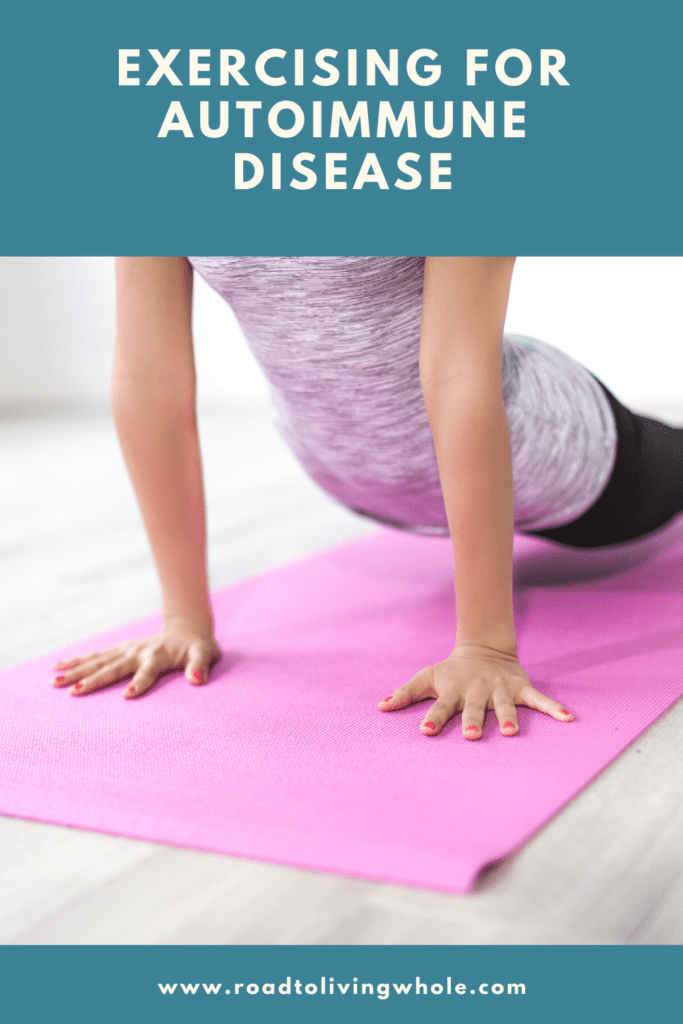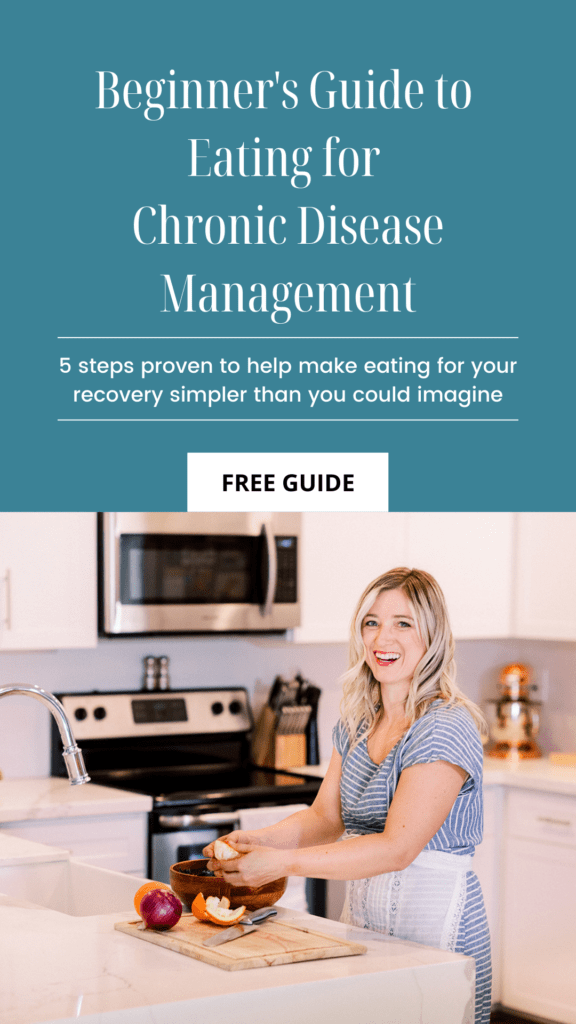The tiring symptoms of autoimmune diseases can often make exercise routines feel like a chore. However, living with an autoimmune disease doesn’t mean you can’t develop an invigorating exercise routine and experience the rewarding benefits from it. In fact, exercise can provide a variety of fantastic benefits for those with autoimmune conditions to help improve their quality of life. This is because regular exercise can produce anti-inflammatory compounds such as endorphins, improve circulation, and produce chemicals that are able to enhance brain function.
If you’re wondering where to start, here are a few top tips to set you on your fitness journey, whatever your personal goals.
Communicate your goals with others
It’s important to open up the discussion with your healthcare provider about your plans to start an exercise routine. This will allow you to receive valuable input and feel more confident in your goals. It can also be helpful to ask friends and family to exercise with you to create a support system and keep each other motivated for the long term! Be rest assured that you are not in competition with others – find what is enjoyable for you personally and share your ideas.
Start small
It’s important to be mindful that overexertion of exercise can make inflammation worse for those with autoimmune diseases, and can trigger a flare in some cases. That’s why one of the best forms of exercise to start with is walking. Try getting into the routine of going for regular walks and remember that your pace doesn’t have to be fast. Taking a stroll also allows you to soak up that all important vitamin D, and is known to easily boost your energy levels by increasing oxygen flow through the body.
Try low to moderate impact exercises
If you’re a beginner, the gym can be a daunting place to venture into. While it’s not necessary, you may want to hire a personal trainer. However, remember to research their expertise, make sure that they understand your requirements, and take part in a fitness assessment at the gym to prevent any accidents which could require personal injury legal help. The great news is that most exercises can be completed at home or outdoors. Try low to moderate impact exercises that are ideal in releasing anti-inflammatory endorphins, such as gentle stretching with yoga, aerobics, cycling, swimming, low-impact circuit training, or even dance!
Keep Track of Your Progress
 As soon as you finish exercising, note down how you feel in a journal or on your phone. Do you feel tired? Energized? Demotivated? Fulfilled? These emotions are crucial in tracking your progress and identifying which exercises decrease and increase your energy levels. Taking this into consideration can allow you to adjust your exercise routine, whether that’s lowering the intensity of your workouts, or deciding to try new things. Paying attention to your body doesn’t just have to apply to the positive or negative after effects of exercise – it can also be helpful to take a mental note of which foods alter the way you feel.
As soon as you finish exercising, note down how you feel in a journal or on your phone. Do you feel tired? Energized? Demotivated? Fulfilled? These emotions are crucial in tracking your progress and identifying which exercises decrease and increase your energy levels. Taking this into consideration can allow you to adjust your exercise routine, whether that’s lowering the intensity of your workouts, or deciding to try new things. Paying attention to your body doesn’t just have to apply to the positive or negative after effects of exercise – it can also be helpful to take a mental note of which foods alter the way you feel.









